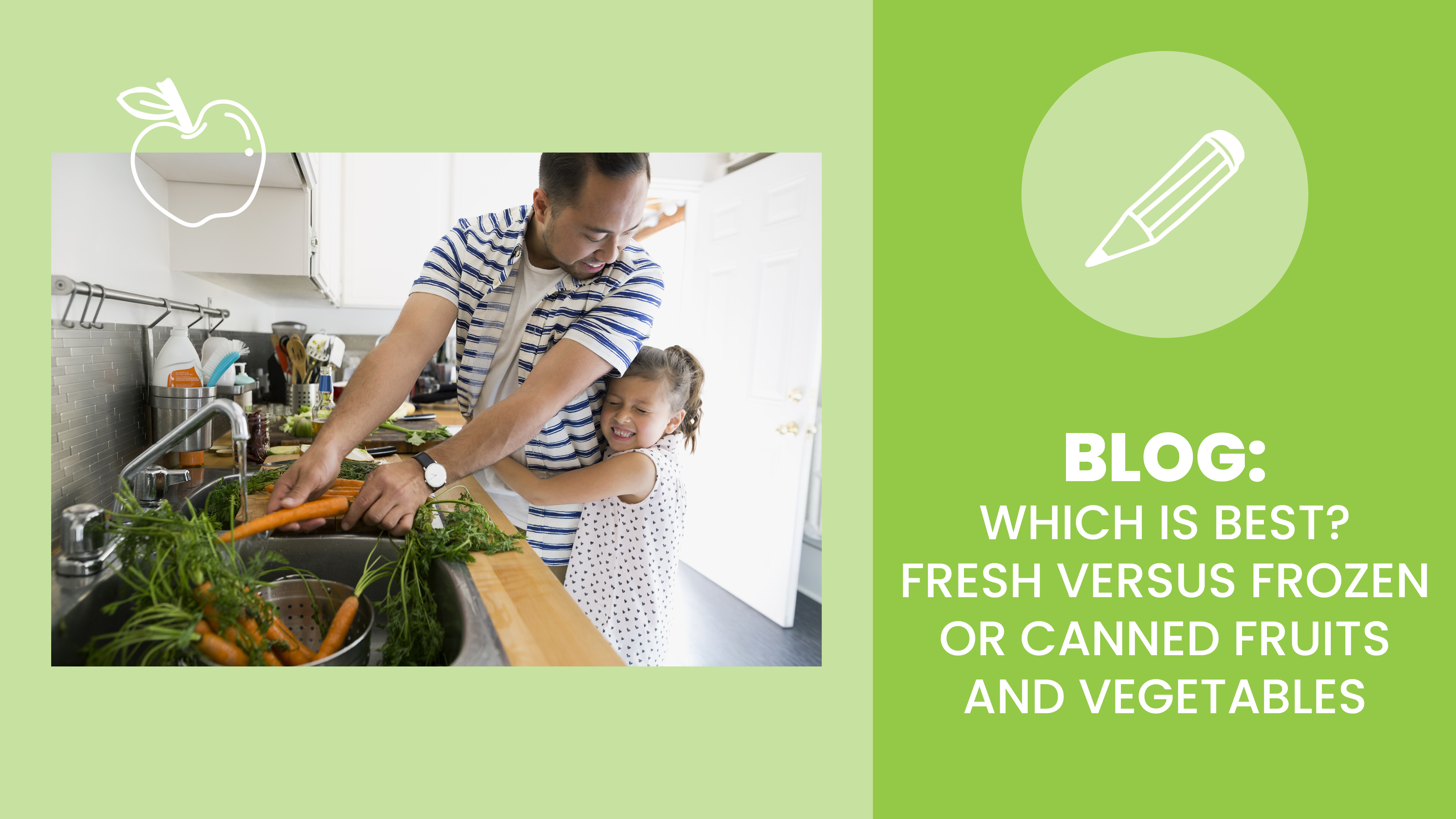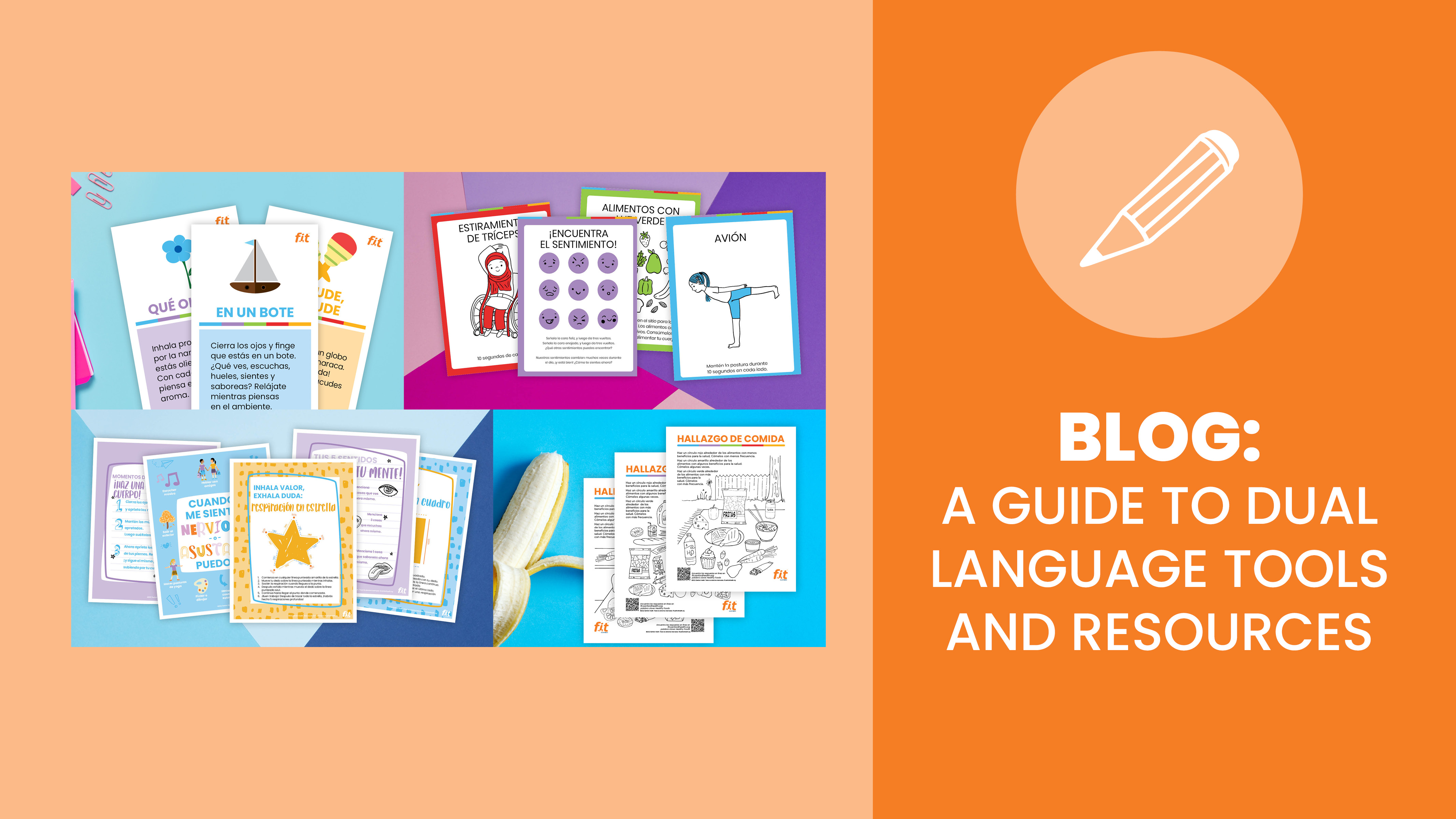Produce can come in many different forms these days, so how are you supposed to know which is best for you and your child? We spoke with Sanford Health dietitian, Tami Gangestad, to learn more about the differences between the options.
- Is there a form of produce (fruits or vegetables) that tends to be the most nutritious or least nutritious?
Tami admits that in an ideal world, we could all pick fruits and vegetables directly from the vine when they’re perfectly ripe and eat them immediately when they have their maximum nutritional value. However, that’s not realistic and most of us rely on grocery stores and mass production. Tami explains, “There are many factors that contribute to potentially altering the nutritional value of fruits and vegetables including when the produce was harvested, conditions during shipping, and how long they are held in storage. Luckily, the nutrient losses and changes that can potentially occur during handling and processing are quite minimal and fruits and vegetables in any form are nutritious!”
- What should parents/caregivers consider when choosing between canned, fresh, and frozen produce?
“When choosing between canned, fresh, or frozen produce, one should factor availability, affordability, and acceptability,” Tami explains. “In certain regions, it can be difficult to obtain tasty, fresh produce year-round and turning to canned or frozen produce is a great way to ensure we are eating a variety of fruits and vegetables. Fresh fruits and vegetables can be more expensive, especially if they are out-of-season. Canned and frozen fruits can be more affordable and can help reduce waste since they last longer in a freezer or a can than they do fresh. Finally, some kids have particular tastes and may only accept fruits and vegetables prepared or preserved in a certain way. It’s important to continuously offer and encourage fruits and vegetables in different ways but also prepare them in ways kids prefer.”
- What should parents and caregivers look for when reading nutrition labels on canned and frozen fruits and vegetables?
“When reading labels on canned and frozen produce, it can be helpful to look for additional additives or preservatives. Has additional sodium or sugar been added? Have processed or artificial flavors been added? Try to choose fruits and vegetables that are still in their natural form without a lot of extra artificial flavors, sugars, and salt.”
- Are there any myths about canned and frozen fruit and vegetables that you think should be dispelled?
“Definitely! Canned and frozen fruits and vegetables are still very nutritious! In some cases, they may have even slightly more nutrients than fresh if they were harvested at maximum ripeness and preserved immediately.”
- Are there benefits to incorporating many forms of produce in a child’s diet?
“The more fruits and vegetables in any form, the better! In general, the greater the variety of different fruits and vegetables your child eats, the better! You often hear dietitians say, “Eat The Rainbow!” This means we want children to eat all different colors of fruits and vegetables. Every fruit and vegetable has a unique combination of vitamins, minerals, and phytochemicals. In fact, the color variation of fruits and vegetables is because of the unique phytochemicals they each have. The more different colored fruits and vegetables a child eats, the more phytochemicals, vitamins, and minerals they will receive. It’s a Rainbow Win!” To learn more on the benefits of produce from each color of the rainbow, check out how you can Encourage Nutritious Eating with a Food Rainbow.
So which is best? The good news is that you and your family can decide! In the end, your choice to use frozen, canned, or fresh fruits and vegetables may come down to your budget, the availability of produce, and your kids’ preferences. If you aren’t finding success with one type of produce, you can always try another. Plus even if your kids don’t try the produce, exposing them to the new food is beneficial. The more exposure they receive, the more they might be willing to try the food.
Ready for More Nutritious Eating Tips?
Healthy Cooking Recipe: Rainbow Fruit Pizza
What Fruits and Vegetables Do for Your Body Video
Cheat Sheet for Caregivers: Snack List & Nutrition Tips for Kids


